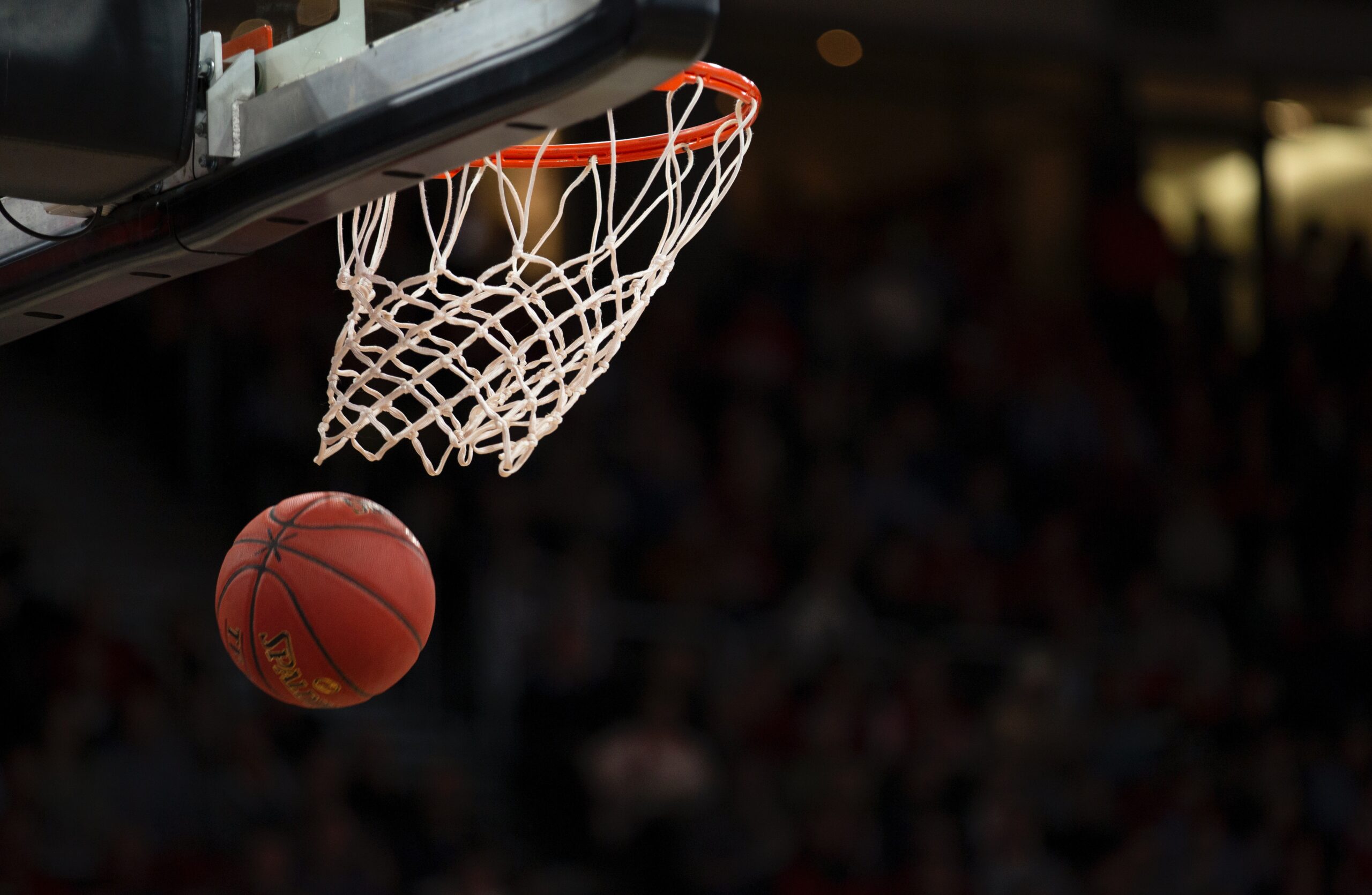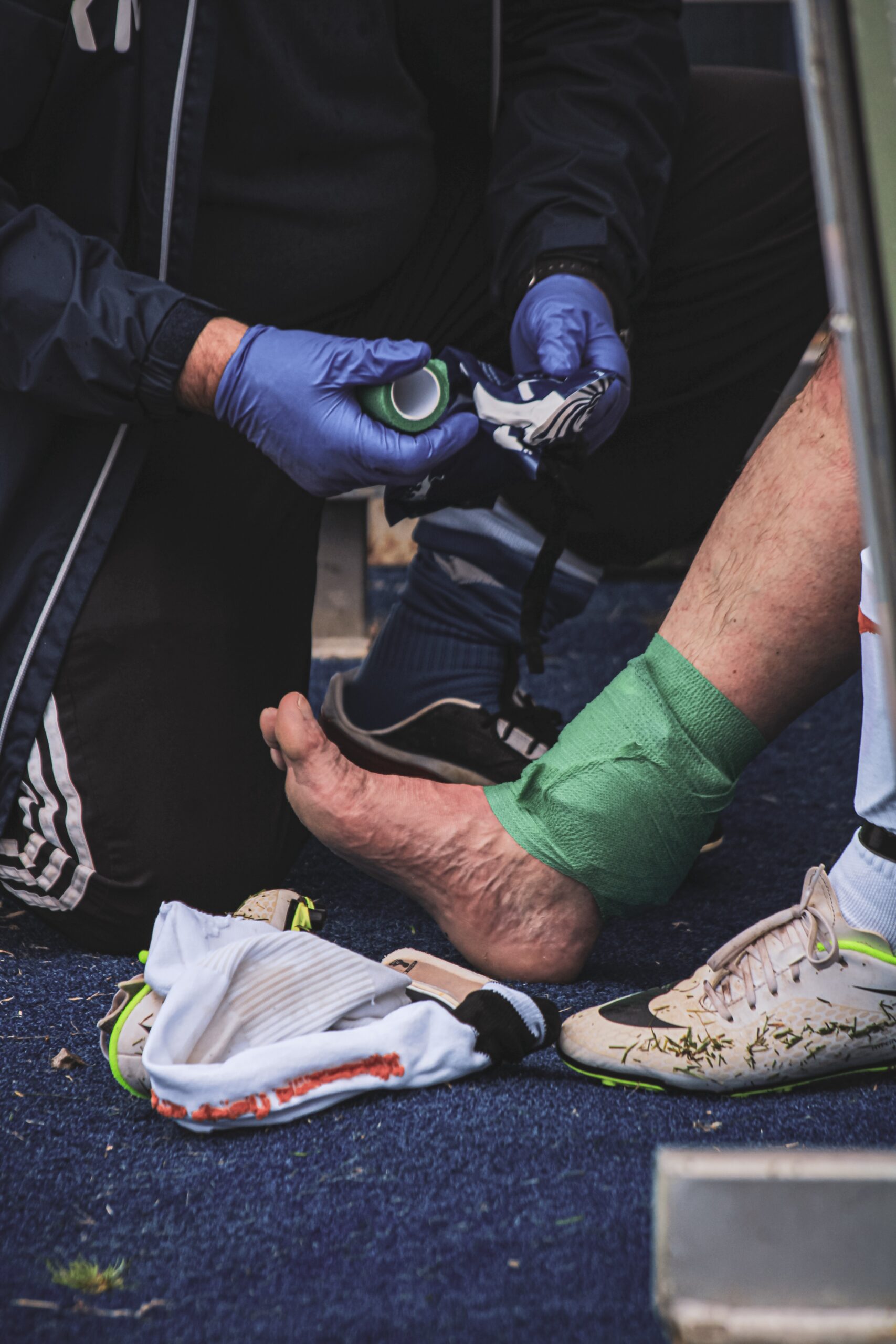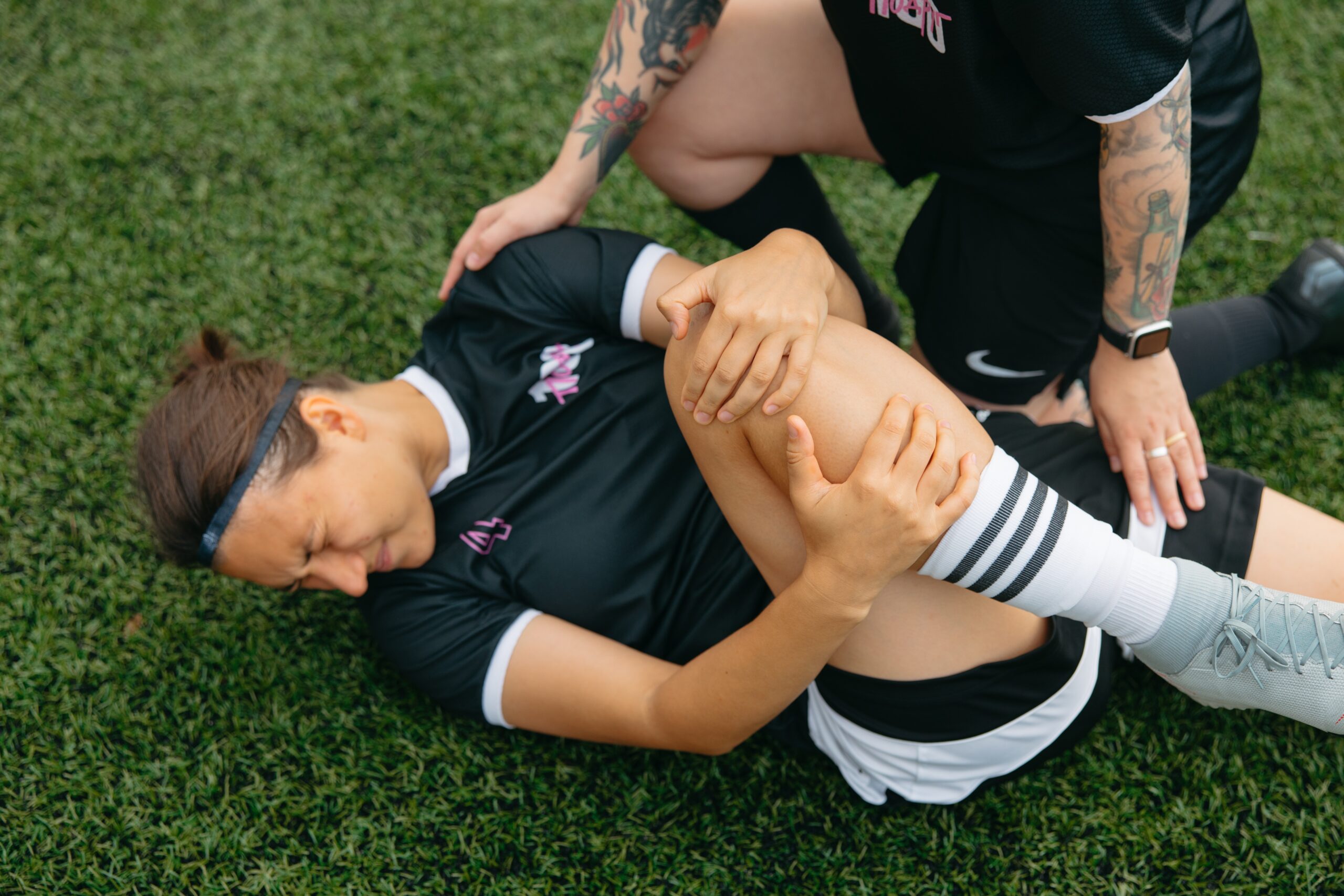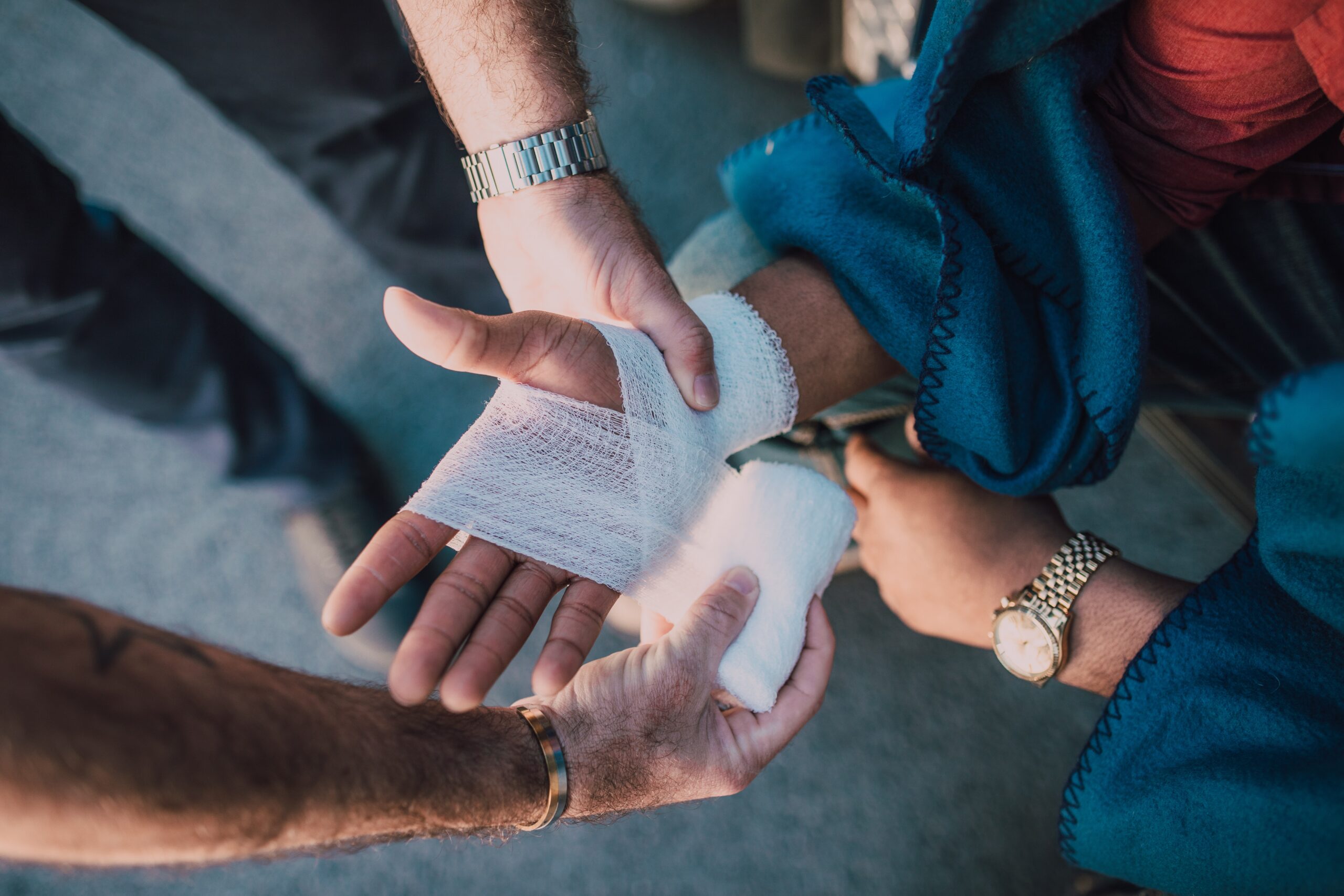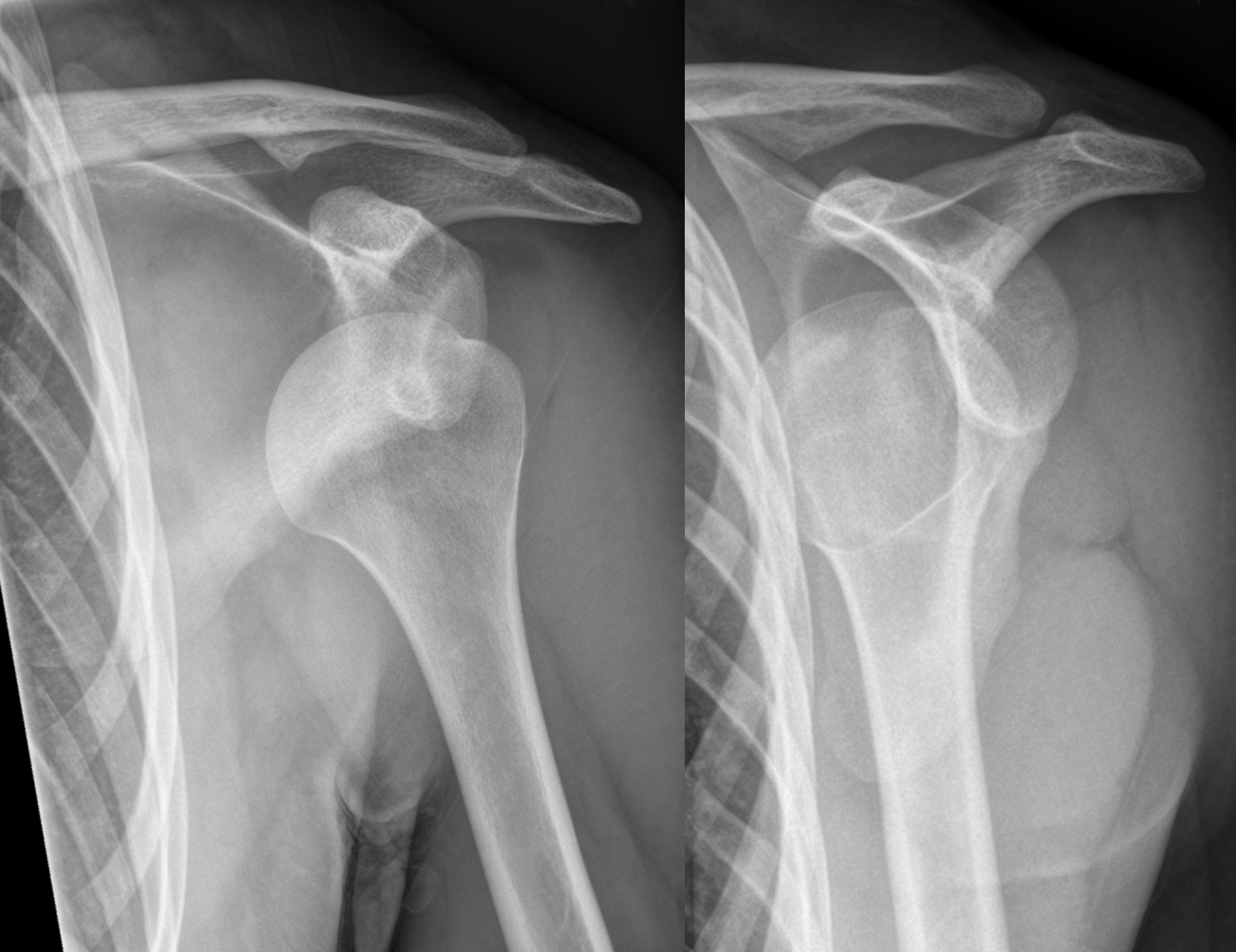There are several typical basketball injuries that can keep a player out for a while or, in the worst-case scenario, the whole season. Some have even quit their jobs.
Basketball can be a hard and challenging activity with inherent hazards to the body, from professional athletes down to participants in a pick-up game and young aspirations who could sustain basketball injuries on their journey to the professionals. Playing basketball entails brief, sporadic bursts of intensive exertion together with physical contact and rapid stops and starts, all of which can result in significant injury.
However, players are vulnerable to injury at all times, not only during play. Overuse stress and injury can also result from the continuous abuse of joints from sprinting, jumping, passing, blocking, and twisting. To prevent injuries and apply the best treatment options as soon as one appears, it is essential to understand the most prevalent basketball injuries’ causes.
Basketball’s Most Common Injuries
Basketball exposes players to various possible injuries due to its fast-paced motions and hard plays. These injuries can occur more frequently or more severely depending on the player’s age, skill level, and physical condition. The probability of suffering one of these injuries can be considerably decreased by being aware of the dangers and taking precautions.
Ankle Sprains
Basketball players frequently sprain their ankles via quick changes in direction, leaping, or awkward foot landings. The most typical sort of ankle sprains are lateral sprains, in which the ankle rolls outward. If not treated appropriately, these injuries may cause severe downtime and discomfort.
The ligaments supporting the ankle joint can be stretched or torn in an ankle sprain when the foot turns awkwardly. Playing on unlevel surfaces, a lack of warm-up, weak ankles, and prior ankle injuries are risk factors for ankle sprains. An ankle sprain can cause discomfort, bruising, swelling, and trouble bearing weight. A physical examination, X-rays, or an MRI can be used by a medical practitioner to determine the extent of the sprain. The R.I.C.E. (Rest, Ice, Compression, Elevation) approach is one of the treatments for ankle sprains. A brace, cast, or physical therapy may be advised depending on the severity. An ankle sprain may need weeks or months to fully heal. Basketball players should do ankle strengthening exercises, put on supportive shoes, and use ankle braces while playing to lower their chances of ankle sprains.
Achilles Tendonitis
The Achilles is the narrow strip of tissue that runs from the heel bone to the calf muscles. Basketball involves motions that put constant strain on the Achilles tendon, which can result in microtears that cause inflammation and pain that lasts a long time.
Warming up may initially cause Achilles pain to go away, but if it is not identified and addressed, it can deteriorate, causing pain, restricting movement, and making it hard to perform at a high level.
There are several Achilles tendonitis varieties; the most painful is insertional Achilles tendonitis, which affects older athletes more commonly than younger ones.
Knee Injuries
Basketball players frequently get knee injuries, which can range in severity from simple ligament rips to more serious sprains. Jumping, abrupt stops, and turning motions put a lot of strain on the knees.
1. Anterior Cruciate Ligament (ACL) Tears and Prevention
One of the most dreaded injuries among basketball players is an ACL tear. They frequently happen when the knee twists abnormally during quick motions, which causes an ACL ligament tear. Maintaining strong leg muscles, adopting good leaping, and landing methods, and avoiding rapid, uncontrolled movements are all preventative practices to lower the chance of ACL rupture.
2. Meniscus Tears and Rehabilitation
Meniscus injuries can result from abrupt twisting or direct contact. The cartilage that cushions the knee joint, the meniscus, can tear, causing discomfort and a reduction in range of motion. Meniscus tears can be treated with rest, physical therapy, and in extreme situations, surgery. Strengthening the muscles around the knee is a key component of rehabilitation.
3. Patellofemoral Pain Syndrome (Runner’s Knee)
This problem, which produces discomfort in the front of the knee, is frequently brought on by overuse or improper patella (kneecap) alignment. Patellofemoral pain syndrome may be treated and managed with rest, anti-inflammatory drugs, physical therapy, and correcting underlying biomechanical problems.
Shin Splints
Shin splints, which cause discomfort along the shinbone (tibia), are a frequent injury among basketball players and other sportsmen who run and jump a lot.
Shin splints are caused by inflammation of the lower leg’s muscles, tendons, and periosteum (the membrane that covers the bone). Shin splints can be caused by high-impact exercises, overpronation (excessive inward rolling of the foot), poor footwear, and abrupt changes in training intensity.
Shin splints can be treated with rest, ice, and painkillers that reduce inflammation. To avoid re-injury, a gradual return to activities is necessary. Wearing the correct footwear, keeping perfect running form, and including lower leg strengthening exercises in the training program are all preventative measures to lessen the incidence of shin splints.
Deep Thigh Bruising
Basketball players will inevitably come into contact with each other on the packed court due to the pandemonium of sprints that result in leaps.
Deep bruising typically happens when a player’s thigh makes forceful contact with another player’s knee or elbow. Deep thigh bruises can result in discomfort, inflammation, and weakness that may not go away for a few weeks.
Hamstring Strains
Basketball players who engage in rapid movements and quick accelerations are more likely to get hamstring strains. The hamstring muscles are placed near the rear of the thigh.
One or more of the hamstring muscles are torn during a hamstring strain, which causes discomfort and restricted movement. Inadequate warm-up, muscular imbalances, and prior hamstring injuries are all risk factors for hamstring strains. Rest, ice, and mild stretching are all part of the treatment for hamstring strains. To avoid re-injury, physical activity must be gradually reintroduced.
Basketball players should avoid hamstring strains by stretching their hamstrings often, doing hamstring-strengthening exercises, and making sure they warm up properly before indulging in strenuous physical activity.
Finger Dislocations and Fractures
Due to direct contact with the ball or other players, finger injuries such as fractures and dislocations are frequent in the hands-on sport of basketball.
While finger fractures entail breakage in the finger bones, finger dislocations happen when the bones of the finger joint are pushed out of their natural position. Finger injuries can be identified by a medical practitioner through physical examination and X-rays. Finger injuries may be treated by splinting, immobilization, or, in the most serious circumstances, surgery.
Concussions
Traumatic brain injuries, such as concussions, can happen when a player receives a hit to the head or body that causes the brain to move quickly within the skull.
Symptoms of concussions might include headache, lightheadedness, disorientation, and memory issues. Recognizing and treating these symptoms right away is essential. Players who appear to have had a concussion have to be taken out of the game and examined by a doctor.
Recovery from a concussion requires plenty of rest and a slow return to exercise. Playing again before you are fully recovered might have serious consequences. The health of the brain can be negatively impacted by repeated concussions. Enforcing fair play, using protective equipment, and informing players and coaches about concussion risks are examples of preventive methods.
Sprained Wrist
Basketball puts a lot of strain on the wrists, making them vulnerable to sprains from slips, collisions, or using too much power when holding the ball.
When the ligaments sustaining the wrist joint are strained or ripped, wrist sprains happen. Pain, bruising, swelling, and stiffness in the wrist are all signs of a sprained wrist. The R.I.C.E approach is used in the early care of wrist sprains. To restore wrist strength and mobility, physical therapy can help.
Basketball players can practice safe falling methods and use wrist supports during games to protect their wrists from sprains.
Dislocated Shoulder
Due to its extensive range of motion, the shoulder joint is prone to dislocation when a player falls or collides with another person.
When the arm bone pops out of the shoulder socket, the shoulder becomes dislocated. Players can take precautions by understanding the causes and mechanics of dislocated shoulders.
Physical therapy can aid with shoulder stabilization and guard against future dislocations. The danger of dislocated shoulders can be decreased by taking preventative steps including strengthening your shoulder muscles and playing with good body mechanics.
Stress Fractures
Stress fractures, which are minute fissures in bones brought on by repetitive impact and usage, frequently affect the lower leg or foot.
Basketball players who leap and run repeatedly over time may get stress fractures. To treat and prevent stress fractures, it is essential to identify potential contributing variables.
Stress fractures must be healed with rest, restricted weight-bearing, and a slow resumption of exercise. Adequate rest, a healthy diet, and cross-training to lessen repeated strain on the bones are preventive methods to lower the incidence of stress fractures.
Conclusion
Basketball injuries are a natural aspect of the game, but players may reduce the chances by being proactive. Athletes can play the game safely and for the long term by comprehending prevalent injuries, and their causes, and putting preventive measures in place. By putting a high priority on health and injury prevention, athletes can maintain their level of excellence on the court while reducing downtime from injuries.

